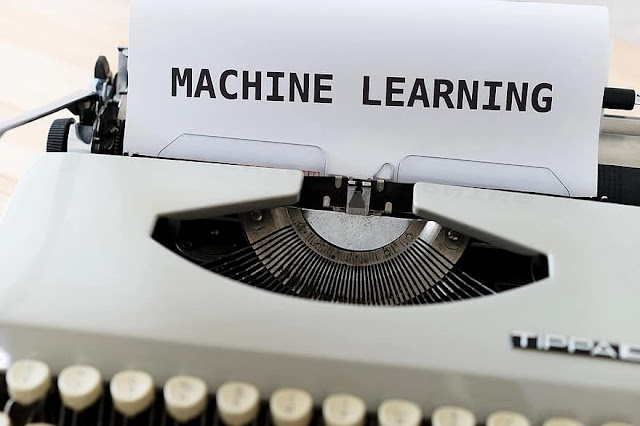Unsupervised Machine Learning

Unsupervised Machine Learning Unsupervised machine learning algorithms infer patterns from a dataset without reference to known or labeled, outcomes. Unlike supervised machine learning, unsupervised machine learning methods cannot be directly applied to regression or a classification problem because you have no idea what the values for the output data might be, making it impossible for you to train the algorithm the way you normally would. Unsupervised learning can instead be used to discover the underlying structure of the data. Why? It purports to uncover previously unknown patterns in data, but most of the time these patterns are poor approximations of what supervised machine learning can achieve. Additionally, since you do not know what the outcomes should be, there is no way to determine how accurate they are, making supervised machine learning more applicable to real-world problems. The best time to use unsupervised machine learning is when you do not have data on desired outcome...











